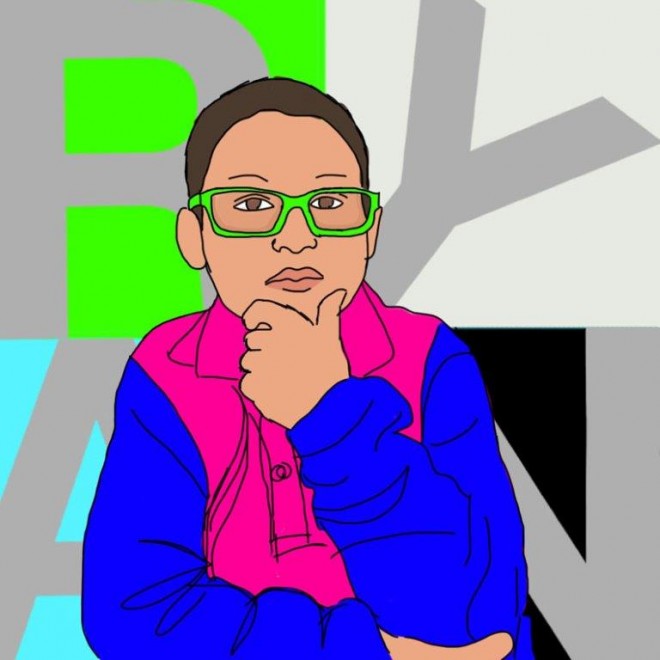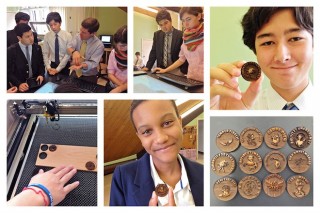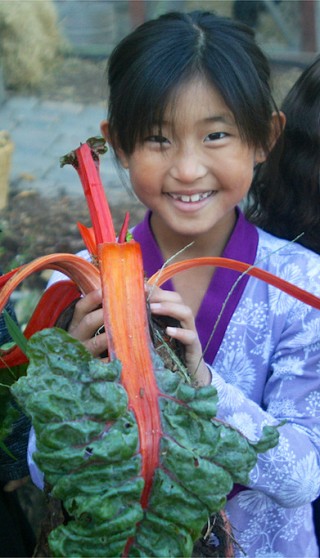Technology has been a core component of the Lower School Art curriculum for many years at Ranney School (Tinton Falls, NJ). Beginning in the Early Childhood program, students have access to drawing apps on the school’s iPads. As they move into the elementary grades, art students are introduced to Photoshop to retouch images on the computer, Sketchbook Pro on the iPad to create original artwork and digital cameras to capture images.
“The students love using technology in art classes because it’s in their comfort zone,” says Lower School Art Teacher Barbara Levine. “Tools such as iPads and photo editing programs are simply part of how we function today. Technology and traditional fine arts seem to be distinct and opposing disciplines, but I have found that one can influence and be beneficial to the other for both the student and the teacher.”
She applies this philosophy to all of her art classes. For example, fourth graders blend traditional and modern technology to create a self-portrait. First, they use Photoshop to retouch their digital photos. These photos are then printed and cut in half, and the students hand-draw the other half of their faces. “They are learning mirror image technology created by Leonardo Da Vinci 500 years ago while incorporating today’s digital tools,” explains Mrs. Levine.
Lower Schoolers use technology to talk about art as well. Using the international digital gallery called Artsonia, students are able to write artist statements and attach them to their work, allowing viewers to understand more about the young artists’ self-expression and creative process.
“Overall, we are learning how to incorporate technology into our basic tool box in the art room,” says Mrs. Levine. “Some students are more comfortable using their fingers or a stylus on a screen than they are with a paintbrush and paper. For those students who struggle with traditional tools, technology offers another way for them to find their unique creative voice.”



